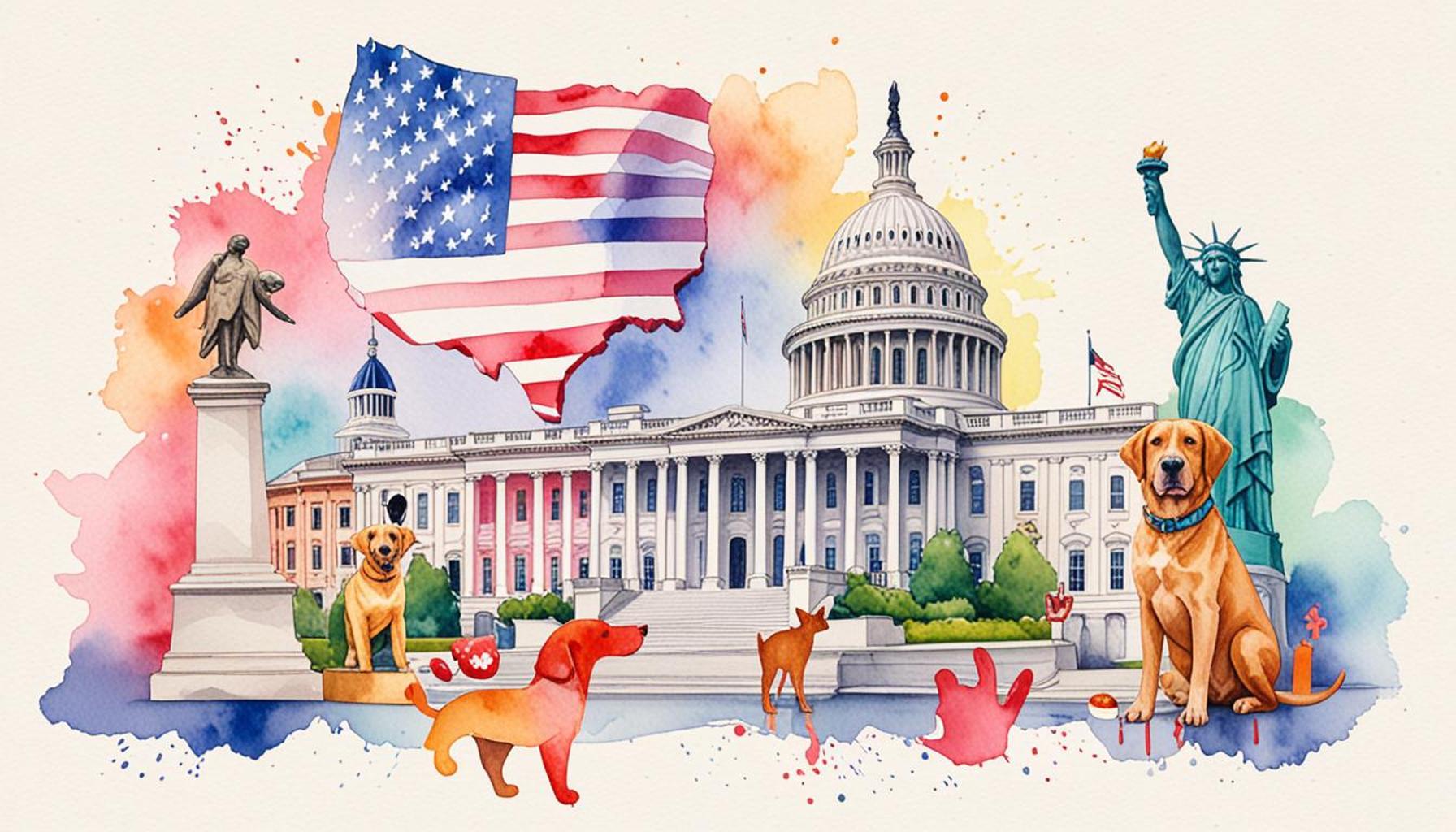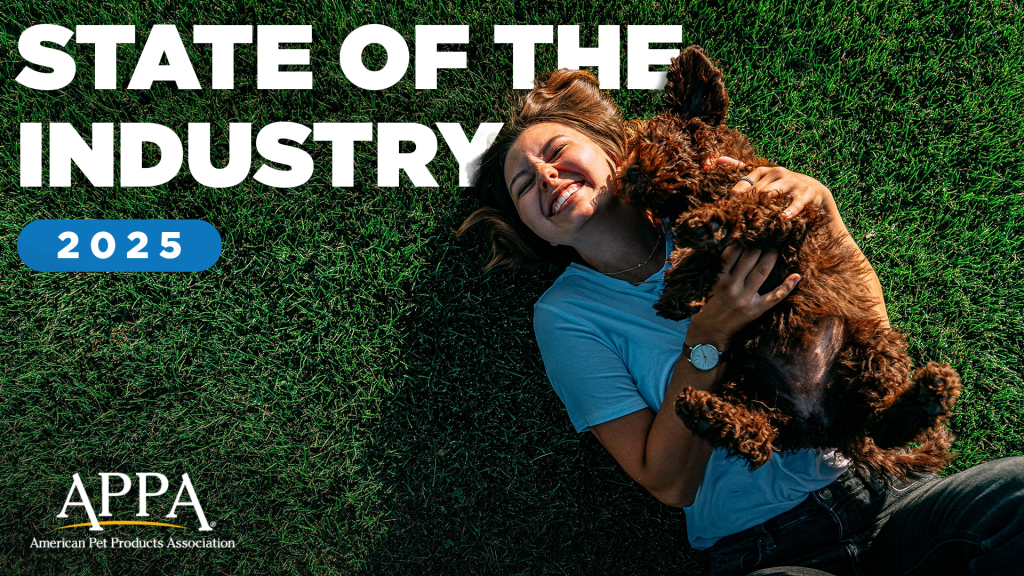How Legislation and Public Policies Influence Pet Adoption in the United States

Understanding the Impact of Legislation on Pet Adoption
In the United States, pet adoption is significantly shaped by a web of legislation and public policies. These regulations not only determine the conditions under which animals are adopted but also influence the behaviors of potential pet owners. By understanding this relationship, we can better grasp how the law serves as a catalyst for pet adoption.
Key Influencers on Pet Adoption Rates
- Adoption Fees: States and municipalities set varying fees that affect adoption rates significantly. For instance, some shelters implement low-cost adoption programs during special events or designated months, making it financially accessible for families. This strategy has led to increased adoption rates, particularly during “Clear the Shelters” events, where fees can be waived entirely.
- Microchipping Laws: The advent of legislation mandating microchipping pets has transformed the landscape of animal reunification. States like California and Florida have enacted laws requiring shelters to chip adopted pets. This has not only improved the chances of lost animals being returned to their owners—over 75% of lost dogs are reclaimed if they are microchipped—but it also enhances the public perception of shelter animals, showcasing them as responsible companions.
- Spay/Neuter Requirements: Policies that promote spaying or neutering can have a profound effect on pet overpopulation. By enforcing these measures, many municipalities have seen dramatic decreases in their shelter populations, leading to a healthier environment for remaining animals. For example, in San Antonio, Texas, a mandatory spay/neuter ordinance has significantly reduced the number of unwanted litters, contributing to a greater focus on adoption rather than breeding.
In addition to these factors, public awareness campaigns and partnerships between shelters and local governments help to raise consciousness about pet adoption. Collaborations, such as those seen in initiatives by the American Society for the Prevention of Cruelty to Animals (ASPCA), amplify the message that adopting pets not only saves lives but fosters community well-being. Campaigns like “Adopt, Don’t Shop” highlight the moral imperatives behind pet adoption, encouraging more individuals to consider animal welfare.
Despite the benefits of legislative measures, complexities still exist that can create barriers to adoption. For instance, strict application processes or age restrictions can deter potential adopters. Yet, navigating these regulations can lead to initiatives that promote responsible ownership and foster improved relationships between communities and their local animal shelters.
As pet lovers navigate the adoption landscape, understanding how legislation impacts their choices is critical. Exploring the nuances behind these laws reveals a fascinating intersection of policy and passion for animal welfare that resonates throughout the nation. By engaging with this knowledge, prospective pet owners can become advocates for change, supporting policies that not only enhance adoption rates but also safeguard the lives of countless animals.
Click here for essential tips on welcoming your new pet!

The Role of Adoption Policies in Shaping Community Engagement
The framework of legislation and public policies surrounding pet adoption is multifaceted, influencing not only the mechanics of adoption itself but also the cultural attitudes toward owning pets. Understanding how these policies foster community engagement can shed light on their profound impact on adoption rates across the nation. Various legislative measures exist that serve to cultivate an environment in which pet adoption becomes a more accessible and socially accepted choice.
Community Programs and Outreach Initiatives
Public policies often encourage local governments and shelters to implement outreach programs aimed at promoting responsible pet ownership and adoption. These programs leverage community involvement to raise awareness about the benefits of adopting shelter animals. For instance, many states have allocated funds to create educational campaigns focusing on the importance of animal welfare and the plight of homeless pets. Such initiatives can include:
- Community Workshops: These events provide information on the responsibilities of pet ownership, proper animal care, and the adoption process. Parents, in particular, may benefit from workshops that discuss the life lessons children can learn from having a pet.
- Volunteer Programs: Local shelters often enlist community members to assist in fostering and caring for homeless animals. Volunteers become advocates for adoption, sharing their experiences and fostering a connection between potential adopters and animals in need.
- School Programs: Collaborations between shelters and educational institutions create programs that introduce children to the concept of pet adoption and responsible pet ownership. These educational efforts help shape positive attitudes toward animals from a young age.
As public policies energize the community involvement approach, adoption rates in various regions have surged. For instance, cities such as San Francisco have embraced comprehensive outreach strategies that have demonstrated a rise in both public awareness and shelter adoptions. According to recent reports, areas with strong community engagement initiatives see adoption increases of up to 30% compared to regions with minimal outreach.
Regulatory Measures that Facilitate Adoption
Beyond community engagement, specific regulations have been enacted to simplify the pet adoption process. The intention is clear: remove barriers that discourage potential pet owners from adopting. For example:
- Streamlined Adoption Processes: Some states have enacted regulations that require shelters to adopt standardized procedures, making the process uniform and transparent. This can significantly reduce the time it takes for a family to welcome a new pet into their home.
- Foster Care Programs: Legislation that supports foster care for pets allows animals to be placed in temporary homes while they await adoption. This helps ease shelter overcrowding and allows animals to adapt to home life, making them more appealing to potential adopters.
These regulatory measures aim to create a conducive environment for pet adoption, addressing issues of overpopulation and promoting the humane treatment of abandoned or stray animals. As we further explore the intricate relationship between legislation and pet adoption dynamics in the United States, it becomes evident that policies play a crucial role in shaping societal norms and encouraging compassionate choices in pet ownership.
Legislative Frameworks and Their Role
In the intricate landscape of pet adoption in the United States, legislation plays a pivotal role in shaping the dynamics between animal welfare organizations, potential adopters, and governmental regulations. Local, state, and federal laws aim to protect animals and promote responsible adoption practices, which can significantly impact how pets are adopted.
One significant legislative development is the rise of no-kill policies, which encourage shelters to adopt practices that minimize euthanasia rates. These policies influence shelter operations, promote community awareness about adoption, and galvanize volunteers to assist in the process. Importantly, such laws often require shelters to reach out to potential adopters through campaigns that highlight the benefits of adopting over purchasing pets.
Public Policies Enhancing Adoption Rates
Furthermore, public policies that facilitate adoption events and partnerships between local governments and animal welfare organizations can promote higher adoption rates. Tax incentives for adopters and funding for spay/neuter programs help control pet populations, making it easier for shelters to manage their resources and focus on finding homes for adoptable animals.
Additionally, educational campaigns funded by public policies inform citizens about responsible pet ownership and the importance of adoption. Legislation mandating pet microchipping and registration also ensures accountability among pet owners, reducing the number of lost or abandoned animals in shelters.
Engagement and Community Involvement
Importantly, community engagement becomes a factor as well. Local governments often spearhead initiatives encouraging community outreach, fostering a collaborative environment that can lead to increased adoption rates. Discovering how these policies interact with public sentiment can reveal opportunities for improving adoption processes and outcomes.
The Future of Adoption Legislation
This ongoing evolution of legislation and public policies surrounding pet adoption reflects a significant shift in societal attitudes toward animals. As more people advocate for animal welfare, there is potential for even more innovative policies that address both the needs of adoptable pets and the communities that support them.
| Category 1 | Category 2 |
|---|---|
| Legislation | Promotes responsible adoption practices and animal welfare. |
| Public Policy Initiatives | Encourages community engagement and outreach programs to increase adoptions. |
DISCOVER MORE: Click here to learn about the latest trends
Impact of Legislative Changes on Adoption Rates
In recent years, significant legislative changes have emerged that directly affect pet adoption rates across the United States. While the focus often centers on community engagement and outreach, these changes impact the very framework of how pet adoption is perceived and executed. By enacting laws that promote responsible practices and offer support to shelters, lawmakers are reshaping the landscape of pet ownership.
Mandatory Spay/Neuter Regulations
One of the most crucial legislative measures influencing pet adoption is the implementation of mandatory spay/neuter laws. These regulations require pet owners to sterilize their animals, especially in an effort to curb the growing problem of pet overpopulation. States such as California and Maryland have implemented such laws; resulting in positive effects on adoption rates. By reducing the number of stray animals, shelters experience less overcrowding, enabling them to focus on getting more pets into loving homes. For instance, it has been reported that counties enforcing spay/neuter laws have witnessed a 30% decrease in shelter admissions, making it easier for potential adopters to find pets that align with their families’ needs.
Tax Incentives and Subsidies
Beyond spay/neuter regulations, many states have started offering tax incentives and subsidies for individuals who adopt pets. This policy shift not only eases the financial burden associated with bringing a new pet home, but it also encourages responsible pet ownership by ensuring that new owners are prepared for the costs that come with caring for an animal. States like Texas have witnessed increased adoption rates thanks to programs that provide financial support to adopters, along with free or reduced veterinary services, promoting a culture of care and commitment. Reports indicate that areas with tax incentives have increased pet adoption rates by up to 25% annually, illustrating how financial policies can change attitudes and behaviors regarding animal adoption.
Partnerships Between Government and Nonprofits
Legislation has also facilitated the establishment of partnerships between governmental agencies and nonprofit organizations focused on animal welfare. These collaborations foster a shared responsibility for addressing pet overpopulation and enhancing adoption processes. For instance, initiatives through the Pet Alliance of Greater Orlando involve state funding that supports local shelters in outreach and operational campaigns, resulting in improved adoption statistics. These alliances have proven effective in promoting innovative solutions such as mobile adoption events and community fairs, aimed at finding homes for abandoned pets.
Furthermore, many municipalities have enacted ordinances that protect the rights of pet adopters and outline the responsibilities that shelters must uphold. These “adoption guarantee” laws establish a bond of trust between animal welfare organizations and prospective pet owners, encouraging potential adopters to embrace the shelter pet experience. By reinforcing the value of adopting over purchasing a pet, legislation acts as a powerful tool for cultural change within communities, steering public attitudes toward animal rescue and adoption.
As we delve deeper into how legislation and public policies influence pet adoption in the United States, it is evident that the changes on a systemic level have effects that ripple through communities, reshaping perceptions and enhancing the landscape for countless animals looking for homes.
DISCOVER MORE: Click here for insights on building trust with your dog
Conclusion: The Legislative Pathway to a Brighter Future for Pet Adoption
As examined throughout this article, legislative changes and public policies play a pivotal role in shaping the landscape of pet adoption in the United States. From mandatory spay/neuter regulations that directly reduce pet overpopulation to tax incentives that make adoption financially accessible, the influence of these laws cannot be overstated. They not only facilitate higher adoption rates but also cultivate a culture of responsibility and commitment among pet owners.
Moreover, partnerships between government entities and nonprofits have introduced innovative strategies that engage communities in meaningful ways, resulting in greater outreach and enhanced understanding of the importance of animal welfare. By building a network of support and trust, legislation fosters an environment in which potential adopters feel empowered to provide homes for pets in need.
However, the journey does not end here. Continued advocacy for policies that support animal welfare is essential to sustain and improve the current adoption rates. As communities become more engaged and informed, the potential for legislative advancements grows, promising an even brighter future for countless animals longing for homes.
Ultimately, recognizing the profound impact of legislation on pet adoption is a call to action for lawmakers, shelter organizations, and the public alike. By aligning efforts and prioritizing responsible pet ownership through effective public policies, we can work together to ensure that every shelter pet finds the loving home they deserve.


